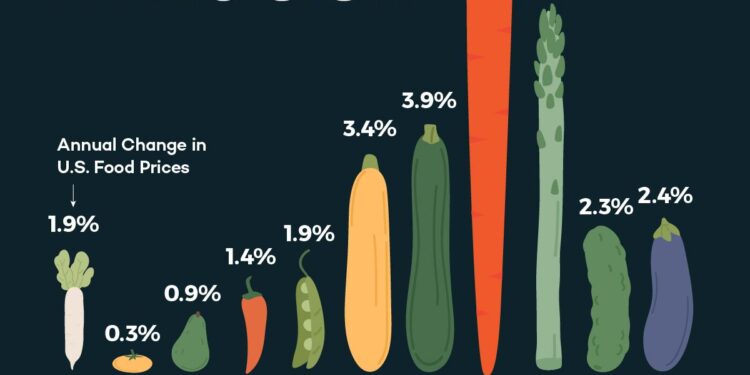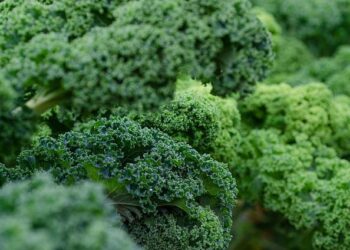Finnish consumers can expect a modest increase in food prices next year, according to the Pellervo Economic Research Institute. The institute’s latest forecast, reported by Yle, suggests that inflationary pressures and changes in production costs will contribute to a slight uptick in grocery bills across the country. This development comes amid ongoing challenges in supply chains and fluctuating global markets, signaling a cautious outlook for household budgets heading into the new year.
Pellervo Forecasts Moderate Increase in Finnish Food Prices for 2025
According to recent analysis by Pellervo, Finnish consumers can expect a moderate increase in food prices throughout 2025. Factors contributing to this trend include rising production costs, inflationary pressures, and supply chain inefficiencies stemming from global disruptions. While the growth rate is not expected to be drastic, staple items like dairy, meat, and fresh produce are projected to experience the most noticeable upticks.
Industry experts highlight several key areas impacting the price adjustments:
- Energy costs: Higher fuel and electricity prices affecting transportation and refrigeration.
- Labor shortages: Increased wages and recruitment challenges within agriculture and food processing sectors.
- Climate variability: Unpredictable weather patterns influencing crop yields and supply reliability.
| Food Category | Projected Price Increase (%) |
|---|---|
| Dairy | 4.2% |
| Meat | 3.8% |
| Fresh Produce | 3.5% |
| Bakery Products | 2.9% |
Key Factors Driving the Upcoming Rise in Grocery Costs Across Finland
Several crucial elements are converging to push grocery prices in Finland upward in the near future. Rising energy costs remain a significant burden for food producers and distributors alike, inflating transportation and storage expenses. Additionally, supply chain disruptions stemming from ongoing geopolitical tensions and unpredictable weather patterns have caused raw material prices to fluctuate sharply, further straining retailers’ capacity to maintain stable pricing.
Experts highlight that increased labor costs within the agricultural sector also contribute to the trend. Finland’s farmers face mounting wage demands and stricter environmental regulations, which drive operational expenditures higher. Other contributing factors include:
- Increased demand for sustainable and organic products
- Fluctuations in currency exchange rates affecting imports
- Higher taxation on certain food categories
| Factor | Impact | Estimated Price Increase |
|---|---|---|
| Energy Costs | Higher transportation and storage expenses | +3% |
| Labor Costs | Raised wages and compliance costs | +2% |
| Supply Chain Disruptions | Raw material price volatility | +1.5% |
Experts Recommend Consumer Strategies to Navigate Higher Food Expenses
Facing a forecasted uptick in grocery costs, experts urge consumers to adopt practical measures to mitigate the impact on their household budgets. Prioritizing seasonal and locally-sourced produce is one such recommendation, as these items often provide better value and support domestic agriculture. Additionally, meal planning and preparing shopping lists can reduce impulsive purchases, helping shoppers stay within their budget limits.
Experts also emphasize the importance of comparing prices across different retailers, leveraging discount offers, and considering bulk purchases for non-perishable goods. Employing digital tools like price-tracking apps can further enhance consumers’ ability to find the best deals. The table below summarizes key strategies for navigating the rising costs efficiently:
| Strategy | Benefit |
|---|---|
| Seasonal Produce | Lower prices & fresher options |
| Meal Planning | Reduces food waste and saves money |
| Price Comparison | Identifies best local deals |
| Discount Apps | Access to exclusive coupons |
| Bulk Buying | Cost savings on long-lasting items |
The Way Forward
As Finland faces modest increases in food prices next year, consumers and industry stakeholders alike will need to adapt to the changing economic landscape. While the rise is expected to be slight, it reflects broader trends affecting the global food supply chain and inflationary pressures. Ongoing monitoring and policy responses will be key to mitigating the impact on households and ensuring food security across the country.
















